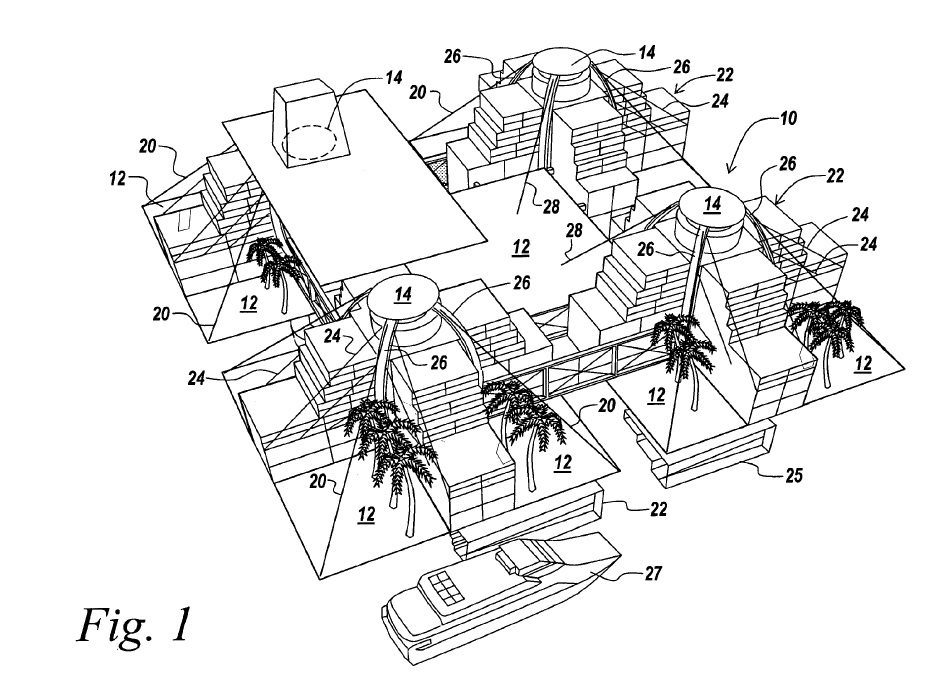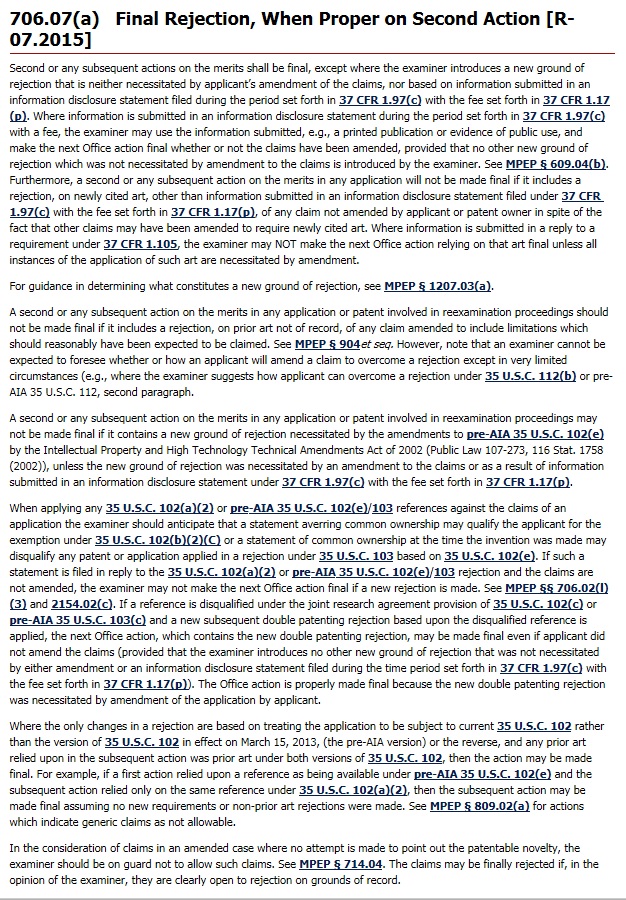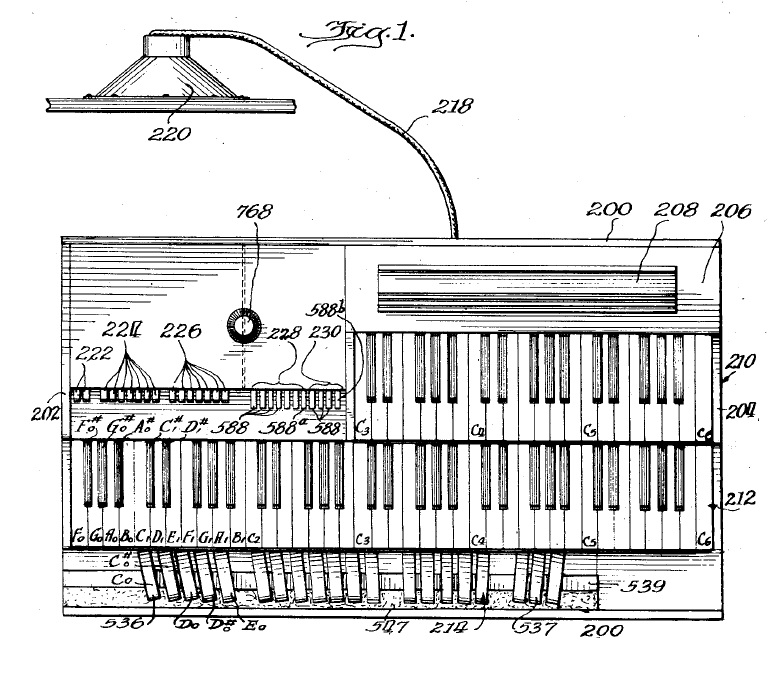In Yeda Research v. Abbott GmbH. [2015-1662] (September 20, 2016), the Federal Circuit affirmed the district court’s decision that U.S. Patent No. 5,344,915 was entitled to priority of its parent application, and thus was not invalid.
The issue before the Federal Circuit was the legal standard for written description support. The Federal Circuit said that in order for the claims of the patent to benefit from the parent application’s filing date, the claimed invention must be disclosed by the parent application in a way that clearly allows a person of ordinary skill to recognize that the inventor invented what is claimed and possessed the claimed subject matter at the date of filing. The Federal Circuit turned to the doctrine of inherent disclosure: Under the doctrine of inherent disclosure, when a specification describes an invention that has certain undisclosed yet inherent properties, that specification serves as adequate written description to support a subsequent patent application that explicitly recites the
invention’s inherent properties.
It was undisputed that the later-claimed protein with the same partial N-terminus sequence and additional traits disclosed in the parent application. The Federal Circuit concluded that the application inherently discloses the remaining amino acids in the N-terminus sequence of TBP-II and serves as adequate written description support for the patent claiming TBP-II. The Federal Circuit said that it is not necessary for an application to disclose a protein’s complete N-terminus sequence in order to provide an adequate written description.




